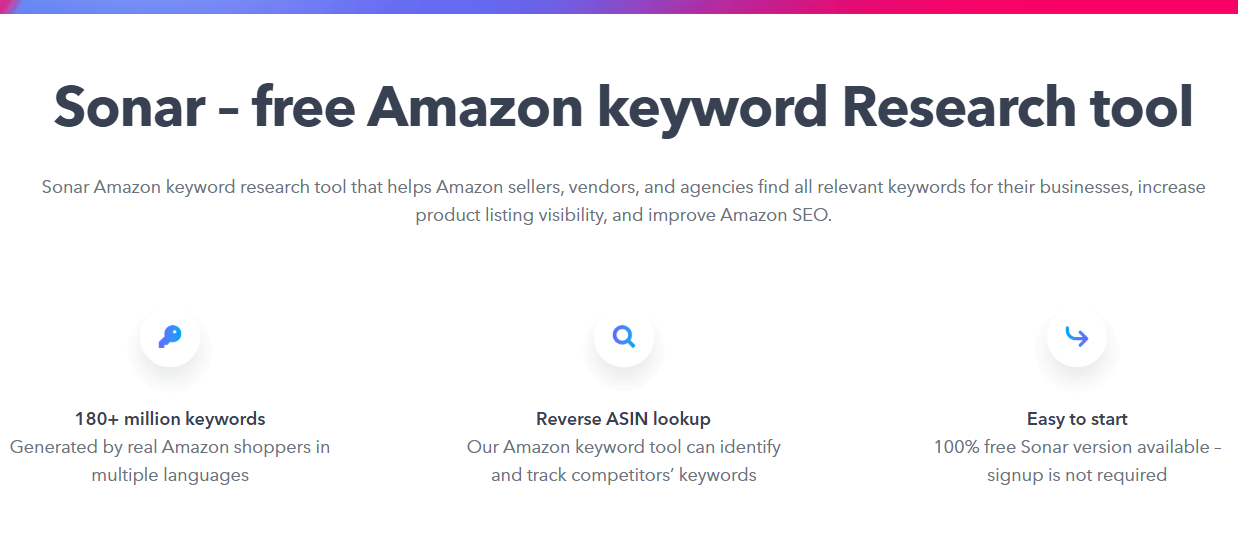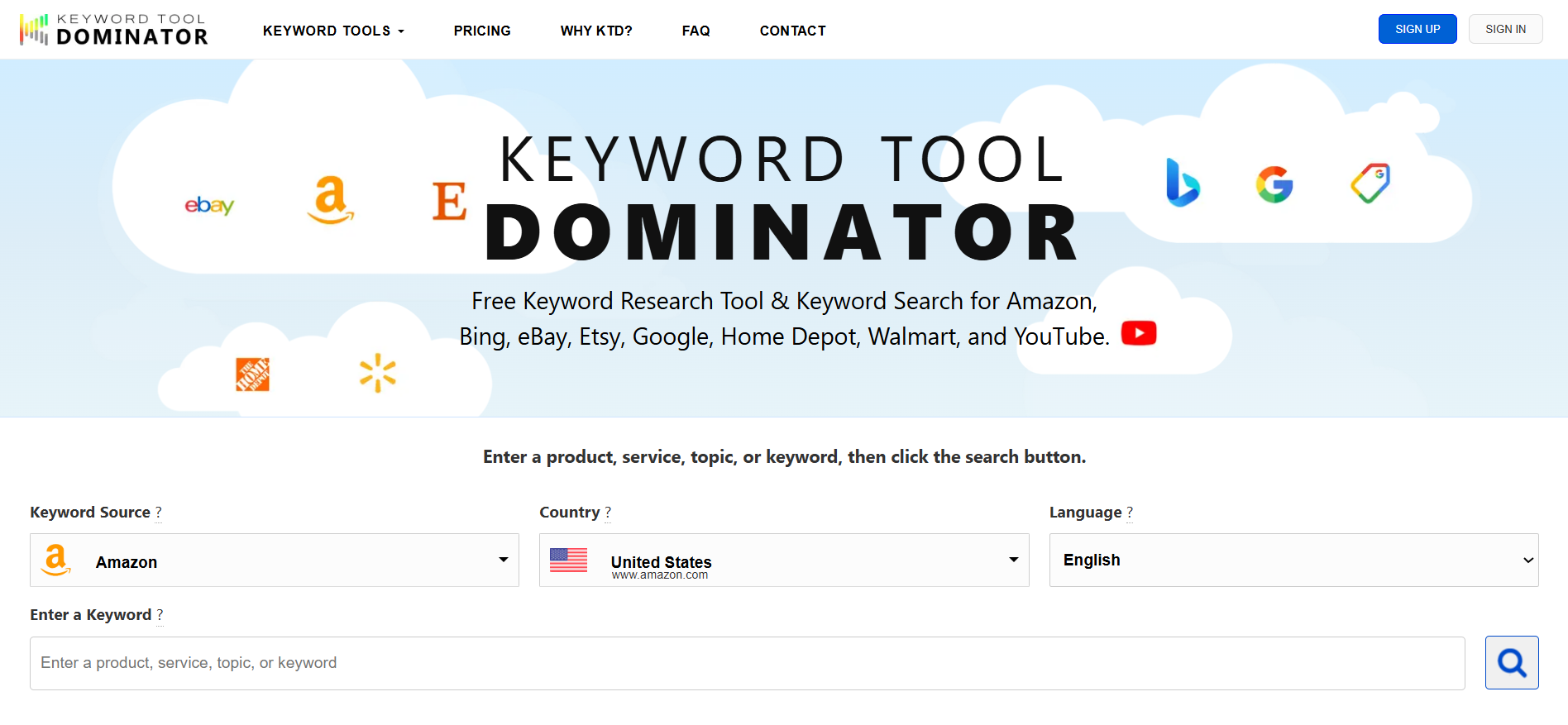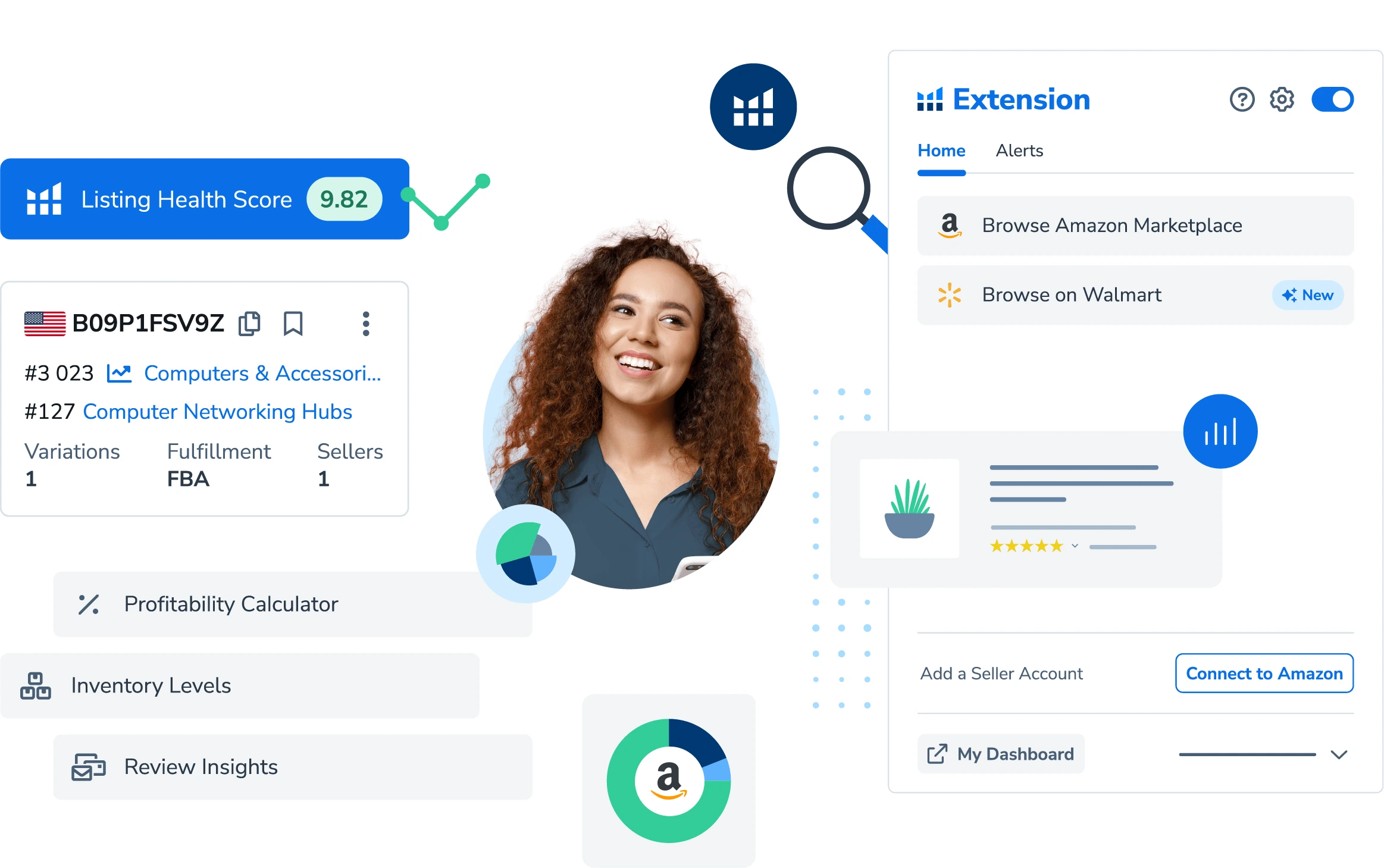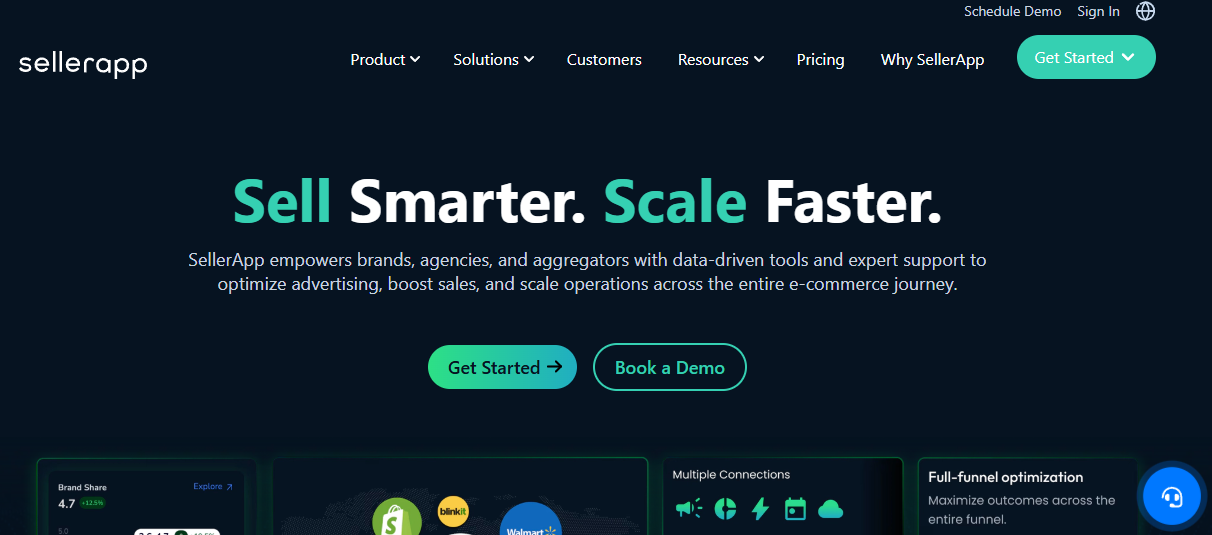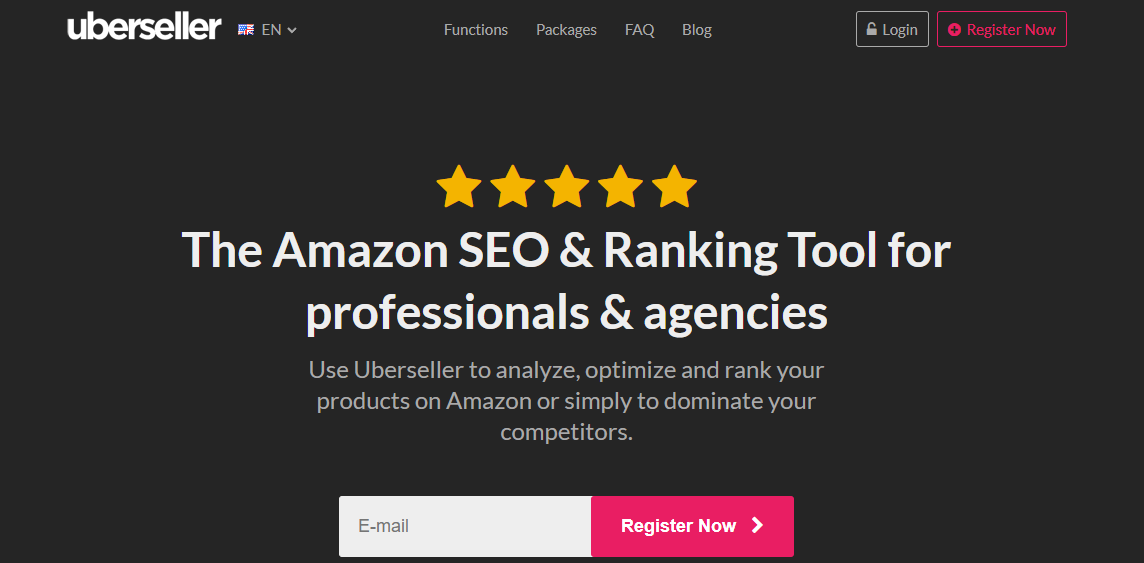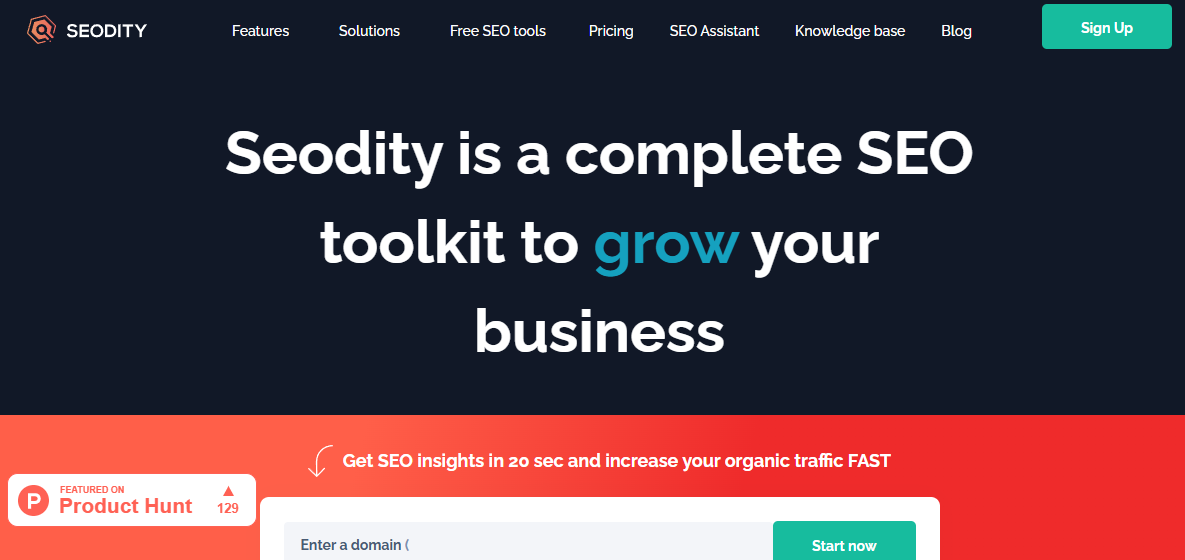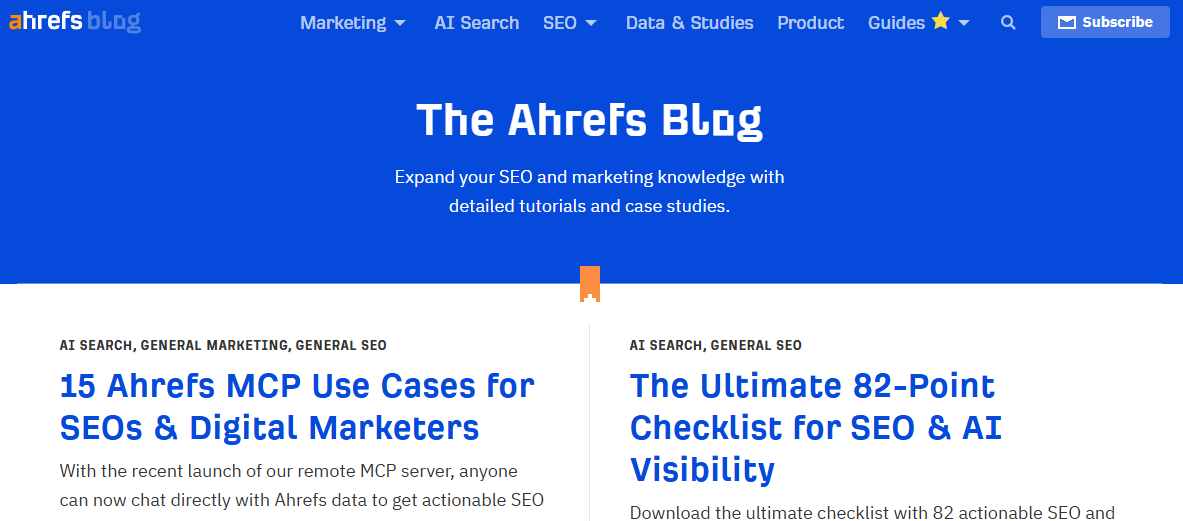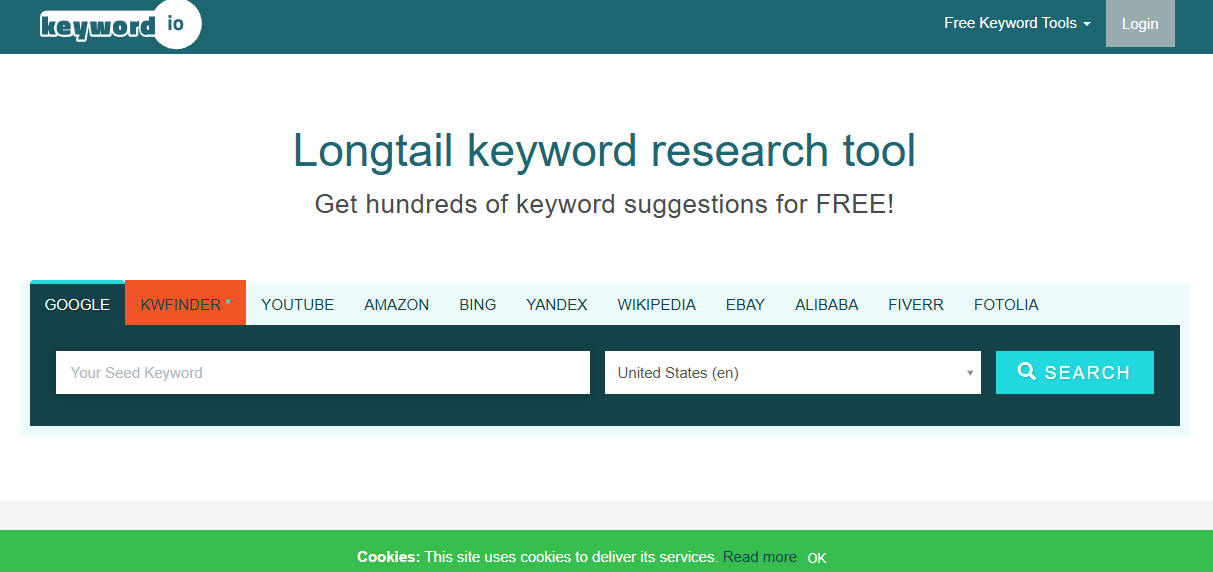9 Best Free Amazon Backend Keyword Extractor Tools
If you sell on Amazon, you already know how much the right keywords can impact visibility. But there’s one part most sellers overlook – backend keywords. These are the hidden search terms that don’t appear in your listings but still help customers find your products. The catch? Amazon doesn’t make it easy to figure out which backend keywords actually work.
That’s where backend keyword extractor tools come in. They dig into listings, analyze competitors, and uncover the exact phrases people are searching for – all the ones you might have missed. The good news is, you don’t have to pay for every tool out there. Some solid, free options can get you started right away.
In this list, we’ll look at a few reliable free Amazon backend keyword extractor tools that help you find high-impact hidden terms and improve your ranking without adding to your costs.
WisePPC: Turning Amazon Data Into Clear, Actionable Insights
While this article focuses on backend keyword extractors, WisePPC fits naturally into the same toolkit for Amazon sellers. Backend keywords improve how listings are discovered, and WisePPC helps you see how those keywords actually perform in real campaigns. It’s the step that connects research to execution – showing which keywords drive conversions, how they interact with ads, and where adjustments can make the biggest difference.
At WisePPC, we help Amazon sellers move from guesswork to clarity. Our platform is built to simplify campaign management and make advertising decisions more precise. Instead of juggling multiple tools or relying on limited Amazon dashboards, sellers can see everything in one place: from real-time analytics to long-term performance trends.
We know how much time sellers lose on repetitive tasks, so automation sits at the core of what we do. With features like Bulk Actions, users can adjust bids, budgets, and statuses across hundreds of campaigns in seconds. Our advanced filtering lets you zero in on underperforming targets or high-spend keywords fast, while historical charts help visualize patterns across months or years. Beyond numbers, our system shows context – how placements perform, which metrics correlate, and where real opportunities lie.
Our goal is simple: to give you tools that make managing Amazon Ads straightforward and effective. Whether you’re optimizing a single campaign or scaling a full portfolio, WisePPC keeps your data organized, your insights sharp, and your actions quick.
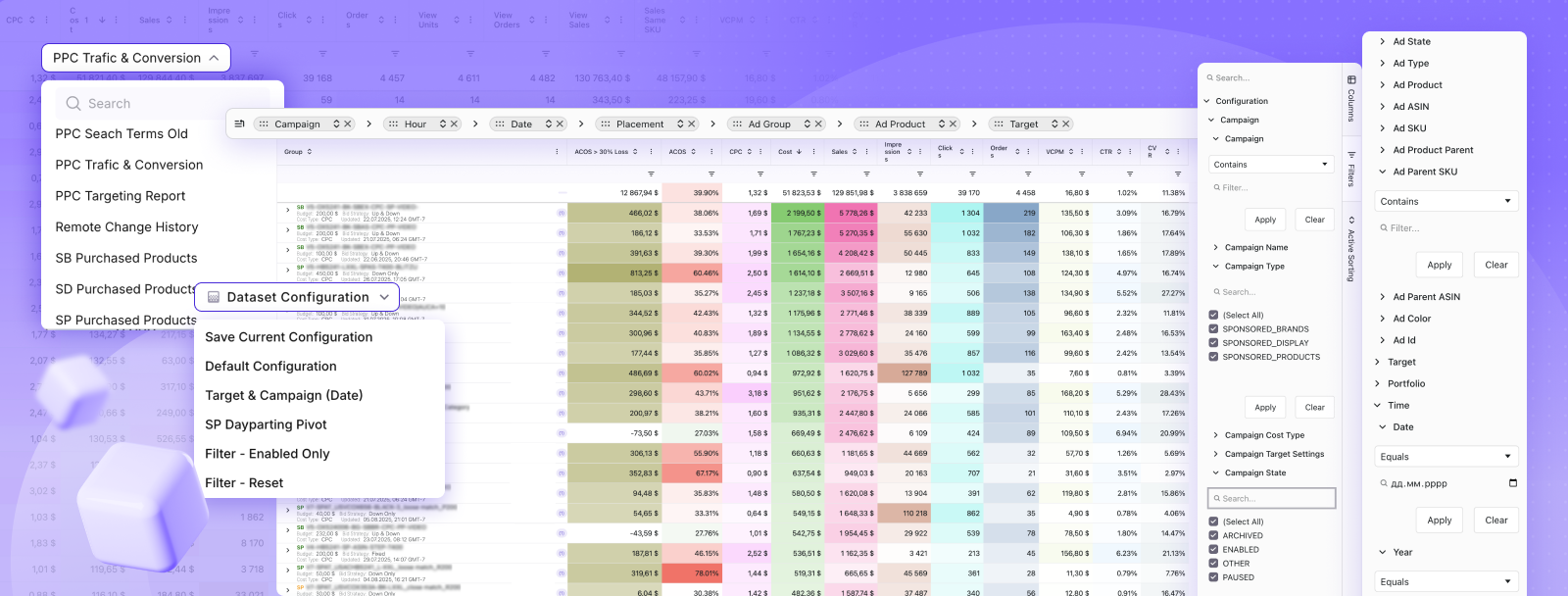
Top Free Amazon Backend Keyword Extractor Tools
Backend keywords might not show up in your Amazon listings, but they quietly do the heavy lifting in search visibility. Finding and organizing them doesn’t need to be complicated, especially when there are free tools that can pull real shopper search terms and hidden keyword data for you.
Below is a list of reliable free Amazon backend keyword extractor tools that help sellers uncover relevant search terms, clean up keyword lists, and better understand what drives visibility behind the scenes. Each one brings something a little different to the table, from simple autocomplete scrapers to more advanced analytics platforms.

1. Sonar (by Perpetua)
Sonar is a free Amazon keyword research tool designed to help sellers identify the most relevant search terms used by real Amazon shoppers. The platform builds its data on over 180 million keywords and includes features like reverse ASIN lookup, allowing users to uncover competitors’ ranking keywords. The system focuses purely on Amazon search data, meaning all keyword insights come from buyer behavior rather than external search engines.
It also guides users on how Amazon’s A9 algorithm works, explaining how keywords placed in titles, bullet points, descriptions, and backend fields affect visibility. Sonar helps users spot which search terms drive rankings and traffic so they can refine listings and backend keywords more effectively.
Key Highlights:
- 100% free keyword tool with no signup required
- Covers Amazon US and DE marketplaces
- Reverse ASIN lookup to find competitor keywords
- Real Amazon shopper data, not external sources
- Insights into keyword placement and ranking behavior
Good Choice For:
- Sellers optimizing backend keywords for better visibility
- Agencies conducting Amazon SEO and listing audits
- Vendors analyzing competitors’ keyword strategies
Contacts:
- Website: perpetua.io
- Email: [email protected]
- Address: 36 Maplewood Ave Portsmouth, NH 03801
- LinkedIn: www.linkedin.com/company/perpetua-labs
- Facebook: www.facebook.com/perpetualabs
- Instagram: www.instagram.com/perpetua.io
- X (Twitter): x.com/PerpetuaLabs
2. Keyword Tool Dominator
Keyword Tool Dominator focuses on helping sellers uncover high-traffic search terms directly from Amazon’s autocomplete suggestions. It allows users to extract thousands of keyword ideas across 23 global Amazon marketplaces, including options to target specific departments and languages. The tool highlights trending “Hot Keywords” and assigns popularity scores from 0 to 100, helping users prioritize phrases based on real-time search activity.
The platform also includes a backend keyword frequency feature that lists unique words by how often they appear across keyword suggestions. This makes it easier to identify which terms should be used in backend fields for better search coverage. While the free version limits users to two searches per day, it provides practical insights into trending and long-tail keywords across different regions, making it useful for Amazon sellers who want quick access to real customer search behavior without complex setups.
Key Highlights:
- Generates thousands of keywords directly from Amazon
- Works across 23 global Amazon marketplaces
- Includes Hot Keywords and Popularity Score filters
- Exports data for backend keyword organization
- Allows keyword frequency analysis for backend optimization
Good Choice For:
- Amazon FBA sellers researching product niches
- KDP publishers optimizing book titles and backend keywords
- Sellers targeting specific regional marketplaces
Contacts:
- Website: www.keywordtooldominator.com
3. Helium 10 (Magnet Keyword Tool)
Helium 10’s free keyword tool, Magnet, offers a preview of its larger keyword research suite. It helps sellers identify high-volume, low-competition keywords based on Amazon data. Users can enter a seed keyword or ASIN to generate thousands of related search terms and analyze trends, search volume, and keyword relevance. Magnet also integrates advanced filters, allowing users to refine results by competition, keyword type, or sales potential.
The tool supports both organic and PPC keyword strategies. It includes metrics such as search volume trends, click-through rate, conversion rate, and even suggested PPC bids. Combined with Helium 10’s other tools, Magnet provides a solid starting point for anyone building a keyword strategy grounded in real marketplace data. While the free version has limited functionality, it’s still a practical option for extracting relevant backend keywords and understanding search intent before scaling campaigns.
Key Highlights:
- Free version of Helium 10’s Magnet keyword tool
- Generates thousands of Amazon-relevant search terms
- Reverse ASIN lookup through integration with Cerebro
- Keyword filters by competition, volume, and trend
- Useful for both organic and PPC keyword planning
Good Choice For:
- Sellers running keyword-based ad campaigns
- Beginners learning to build data-backed listings
- FBA businesses refining backend keywords and product targeting
Contacts:
- Website: www.helium10.com
- Facebook: www.facebook.com/Helium10Software
- Twitter: x.com/H10Software
- LinkedIn: www.linkedin.com/company/helium10
- Instagram: www.instagram.com/helium10software
4. SellerApp
SellerApp’s Amazon Keyword Research Tool helps sellers find relevant, high-converting keywords to improve listing visibility and advertising performance. The platform pulls data from a big keyword database and supports searches across many Amazon marketplaces. It combines keyword discovery, competitor tracking, and PPC optimization in one workspace, allowing sellers to uncover both customer search patterns and competitor keyword strategies.
The tool includes features like Reverse ASIN lookup, which analyzes up to four ASINs at once to identify high-performing keywords. Users can also export keyword data, track rankings, and refine campaigns with advanced filters. Designed for sellers managing multiple listings, SellerApp helps streamline keyword research and listing optimization without requiring separate tools for tracking, analysis, and ad performance.
Key Highlights:
- Big keyword database with multilingual search support
- Reverse ASIN lookup for up to 4 ASINs in one query
- Search volume and relevancy analysis with easy CSV export
- Integrated keyword tracking and PPC optimization tools
- Available across 16 global Amazon marketplaces
Good Choice For:
- Sellers managing multiple listings across regions
- Teams running data-driven PPC and SEO campaigns
- Users who want keyword research, tracking, and optimization in one place
Contacts:
- Website: www.sellerapp.com
- Phone: +1-256-363-0567
- Email: [email protected]
- Address: 4819 Bryant Mdws Dr, Spring, TX 77386, United States
- LinkedIn: www.linkedin.com/company/sellerapp
- Facebook: www.facebook.com/sellerapp
- Instagram: www.instagram.com/sellerapp_insta
- X (Twitter): x.com/SellerApp_Inc
5. Uberseller
Uberseller offers a lightweight Amazon backend keyword tool built for quick cleanup and formatting of backend search terms. It’s designed to help sellers prepare backend keyword lists that comply with Amazon’s byte and character limits. The tool automatically removes duplicate words, counts bytes and letters, and provides a ready-to-paste version of the keyword set optimized for Amazon Seller Central.
While it doesn’t include keyword discovery or analytics, Uberseller is practical for sellers who already have keyword lists and need to format them efficiently. Its simplicity makes it a handy utility for managing backend keywords during listing optimization or when updating product metadata.
Key Highlights:
- Removes duplicate backend keywords automatically
- Counts characters, bytes, and spaces
- Provides Amazon-ready keyword text for easy upload
- Simple and fast browser-based workflow
- No registration or installation required
Good Choice For:
- Sellers cleaning up backend keyword lists
- Users preparing keyword data for Amazon Seller Central
- Teams managing bulk keyword uploads
Contacts:
- Website: uberseller.io
6. Seodity
Seodity’s Free Amazon Keywords Finder helps sellers identify search terms that drive visibility and conversions on Amazon. The tool focuses on Amazon-specific data, showing keyword difficulty, search volume, user intent, and trend behavior. It also includes competitor insights, category analysis, and seasonal keyword shifts to help sellers understand which terms perform best over time.
Each keyword result includes details like ranking difficulty, search trends, and buyer intent, helping users choose the most relevant phrases for listings, PPC campaigns, and backend fields. The platform’s goal is to make keyword selection strategic rather than random – helping sellers build listings that align with real shopper behavior.
Key Highlights:
- Amazon-focused keyword difficulty and search volume metrics
- Insights on user intent, trends, and category shifts
- Competitor keyword visibility and seasonal tracking
- Backend keyword optimization guidance
- Free to use without complex setup
Good Choice For:
- Sellers optimizing both frontend and backend keywords
- Users researching buyer intent and seasonal keyword changes
- Amazon FBA businesses looking for free, data-oriented keyword insights
Contacts:
- Website: seodity.com
- App Store: apps.apple.com/us/app/seodity-rank-tracker
- Google Play: play.google.com/store/apps/seodity.app.main
- E-mail: [email protected]
- Facebook: www.facebook.com/seoditycom
- Twitter: x.com/seodity
7. Ahrefs (Amazon Keyword Tool)
Ahrefs’ Amazon Keyword Tool is built to help sellers understand what real shoppers are searching for and how to align their listings with those terms. The tool uses a massive database of nearly 100 million Amazon keywords and provides accurate metrics through clickstream data rather than relying on Amazon autocomplete or Google Keyword Planner. This makes its keyword volume and engagement data more reliable for sellers who want to see how often people search, click, and return to specific keywords.
It also includes metrics like Clicks per Search (CPS) and Return Rate (RR), showing how much engagement certain terms generate and how frequently they are searched again. Sellers can filter by country, search volume, and clicks, and even export keyword lists for team collaboration. Ahrefs stands out for its deep keyword analytics, making it particularly useful for those who manage multi-country Amazon listings and need precise keyword performance data.
Key Highlights:
- Huge Amazon keyword database with clickstream-based metrics
- Unique insights like Clicks per Search (CPS) and Return Rate (RR)
- Country-level and global keyword volume data across 170 countries
- Advanced filtering by search volume and clicks
- Option to export and manage keyword lists collaboratively
Good Choice For:
- Sellers needing highly accurate keyword search data
- Teams working across multiple Amazon marketplaces
- Users combining Amazon SEO and Google keyword strategy
Contacts:
- Website: ahrefs.com
- App Store: apps.apple.com/us/app/ahrefs-seo-toolbar
- Address: 16 Raffles Quay, #33-03 Hong Leong Building, Singapore 048581
- LinkedIn: www.linkedin.com/company/ahrefs
- Facebook: www.facebook.com/Ahrefs
- Instagram: www.instagram.com/ahrefs
- X (Twitter): x.com/ahrefs
8. Keyword.io
Keyword.io provides a simple, multi-platform keyword generator that pulls long-tail suggestions from Amazon autocomplete and other sources like Google, eBay, and Alibaba. For Amazon sellers, it’s particularly effective at finding niche, product-specific search terms that buyers actually type into the platform. The tool’s focus on long-tail keywords helps identify less competitive opportunities that can still drive targeted traffic and conversions.
Results can be filtered, downloaded, and organized easily, making it a practical option for early-stage sellers or small teams doing product or content research. While it doesn’t include deep analytics or keyword difficulty data, its clean interface and multi-source coverage make it a solid free utility for discovering and collecting keyword ideas.
Key Highlights:
- Long-tail keyword suggestions from Amazon autocomplete
- Multiple sources including eBay, YouTube, and Alibaba
- Simple keyword filtering and exporting options
- Free access without registration
- Supports multiple countries and languages
Good Choice For:
- Sellers doing early-stage keyword brainstorming
- Beginners exploring product niches for FBA or dropshipping
- Users who prefer lightweight, no-signup keyword tools
Contacts:
- Website: www.keyword.io
- Facebook: www.facebook.com/www.keyword.io
- X (Twitter): x.com/keyword_io
9. SellerSprite
SellerSprite’s Amazon Keyword Research tool is designed for sellers who need detailed, data-rich keyword insights. It tracks high-demand, trending, and rapid-growth keywords across different Amazon categories. Users can filter keywords by dozens of metrics, such as search volume, price range, traffic cost, conversion share, or title density. The platform also provides keyword growth and trend data, helping users identify new or emerging sub-markets.
SellerSprite’s interface caters to professional sellers who rely on precision rather than broad keyword lists. It’s used for identifying profitable niches, planning PPC bids, and refining product listings based on current marketplace data. The platform’s reach extends across multiple Amazon marketplaces and is especially popular in Asia among large-scale FBA operations.
Key Highlights:
- Detailed keyword filters by volume, growth, and category
- Tracks high-demand and trending search terms
- Supports advanced metrics like traffic cost and title density
- Identifies new niche and sub-market opportunities
- Used across multiple global Amazon marketplaces
Good Choice For:
- Professional Amazon sellers and research teams
- Users running data-heavy keyword and market analysis
- Sellers tracking emerging trends and niche growth opportunities
Contacts:
- Website: www.sellersprite.com
- Email: [email protected]
- Facebook: www.facebook.com/sellersprite.us
- X (Twitter): x.com/SellerSprite_EN
Wrapping It Up
Finding the right backend keywords doesn’t have to mean investing in expensive software. The free tools out there already give sellers a strong starting point to uncover hidden search terms, track trends, and refine listings based on what real shoppers type into Amazon.
Each tool offers something slightly different – some focus on deep analytics, others on quick discovery or cleanup. What matters most is using them consistently. Test a few, compare the keyword outputs, and keep refining your backend fields until they truly reflect how customers search. In the long run, these small adjustments can make a big difference in how often your products get found and clicked.
Join the WisePPC Beta and Get Exclusive Access Benefits
WisePPC is now in beta — and we’re inviting a limited number of early users to join. As a beta tester, you'll get free access, lifetime perks, and a chance to help shape the product — from an Amazon Ads Verified Partner you can trust.
 No credit card required
No credit card required
 Free in beta and free extra month free after release
Free in beta and free extra month free after release
 25% off for life — limited beta offer
25% off for life — limited beta offer
 Access metrics Amazon Ads won’t show you
Access metrics Amazon Ads won’t show you
 Be part of shaping the product with your feedback
Be part of shaping the product with your feedback



